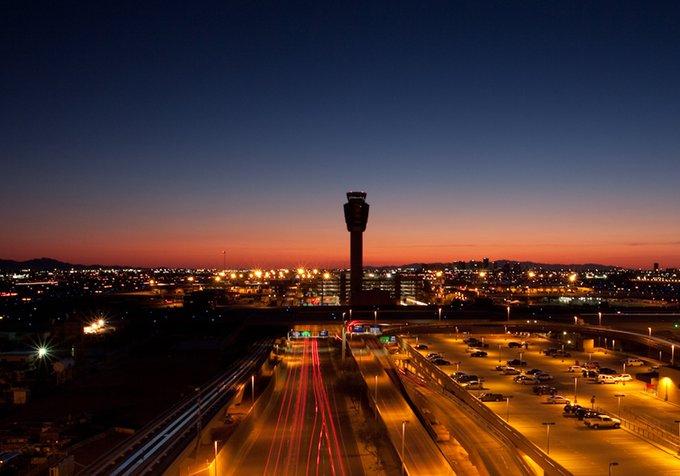
As the airline industry is looking into next year with high hopes for the recovery from its worst crisis to finally begin, many ask whether there will be structural change to the way airlines operate.
One of the key questions is whether hubs will be able to protect their position in the industry emerging from the crisis, dominating traffic flows in the international long-haul market and, with some limitations, the domestic U.S. market. After all, with lockdowns and travel restrictions in place almost everywhere and traffic collapsing to a fraction of 2019 levels, key elements of hub structures—connecting banks of incoming and departing flights in particular—have been crushed. And don’t many observers expect low-cost and direct service carriers like Wizz Air in Europe to gain market share quickly in the coming years?
Early data seems to support the idea. According to a McKinsey study, connecting traffic in August fell by 81% compared to the same month in 2019, whereas nonstop demand was down 61%. On the supply side, the number of nonstop city-pairs has fallen from 28,000 last year to 20,000. The answer could be more complicated than it seems. Hubs that rely on a larger percentage of domestic connections—such as essentially all the big ones in the U.S.—are structurally less affected even in the pandemic than those in Europe that have a much larger share of international or intra-European connections. And ironically, in spite of all the travel restrictions and the fact that Qatar itself is essentially closed for entry, Qatar Airways’ business is predominantly connecting traffic. Admittedly, the airline can only operate this way because of the financial assistance it gets from the emirate.
The role of hubs has been undergoing change before COVID-19. McKinsey and IATA data shows that overall, the share of connecting traffic has fallen from 20% in 2005 to 2019, the explanation being the far above average growth of LCCs. But in long-haul markets, the picture is different. The share of connecting passengers dropped only slightly from 46% to 45%. But in the other major long-haul markets the share actually grew: Europe to Asia from 45%to 50%, South America to North America from 48% to 60% and Asia to North America from 44% to 52%. One conclusion one can draw is that short-haul connections have become less popular given that there are now more convenient and often cheaper alternatives while on long-haul markets the opposite has happened.
The big question is therefore: will long-haul trends change in a recovering industry? The answer may be probably not. In fact, the crisis may lead to stabilizing hubs rather than weakening their role in relative terms. This is linked, in part, to aircraft technology. The 787 was promoted by Boeing as the new machine enabling airlines to offer what passengers really want: point-to-point long-haul flights. But that has not happened to a large extent, around 80% of the 787 capacity is deployed from the 30 largest airports.
Now the Airbus A321XLR is around the corner, with entry-into-service planned in around two-and-a-half years. A glance at its customers indicates a shift to direct routes may be nearing as 65% of them are in the point-to-point category according to McKinsey. But with overall travel volumes down so much and probably for an extended period of time, the role of the XLR could well change from mainly hub-bypasser to hub-developer. Another pre-crisis trend may support this: traffic from secondary city to secondary city has been growing faster than that between primary markets, but often it won’t be enough to support nonstop flights, instead bolstering hub networks. If enough of that returns, aircraft such as the XLR would probably be the first to test these markets from hubs rather than widebodies. And some traditional carriers like United Airlines have ordered the type already and may benefit from that decision more than they initially anticipated.
Yet, with overall volumes down so much there is less traffic to be distributed over competing hubs, therefore some may become unsustainable, which should not be mistaken for a structural shift of the model. The benefits and efficiencies are still in place in principle, but there could simply be space for fewer of them, just like there is going to be space for fewer airlines. Is there a way for non-viable hubs to restructure? McKinsey believe some may have to trade down to focus city status—where networks are optimized around local demand with connections offered where they are possible coincidentally.





